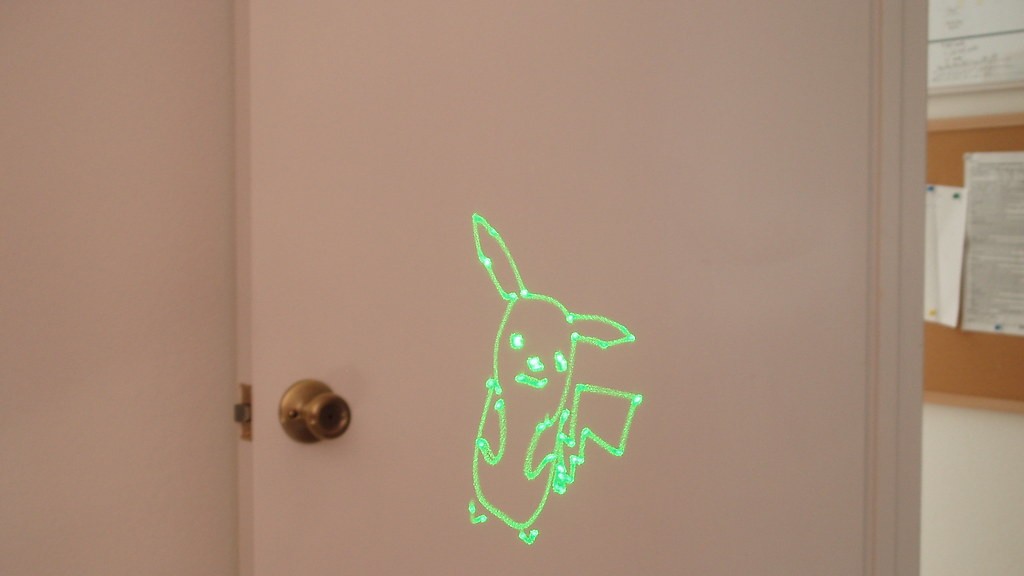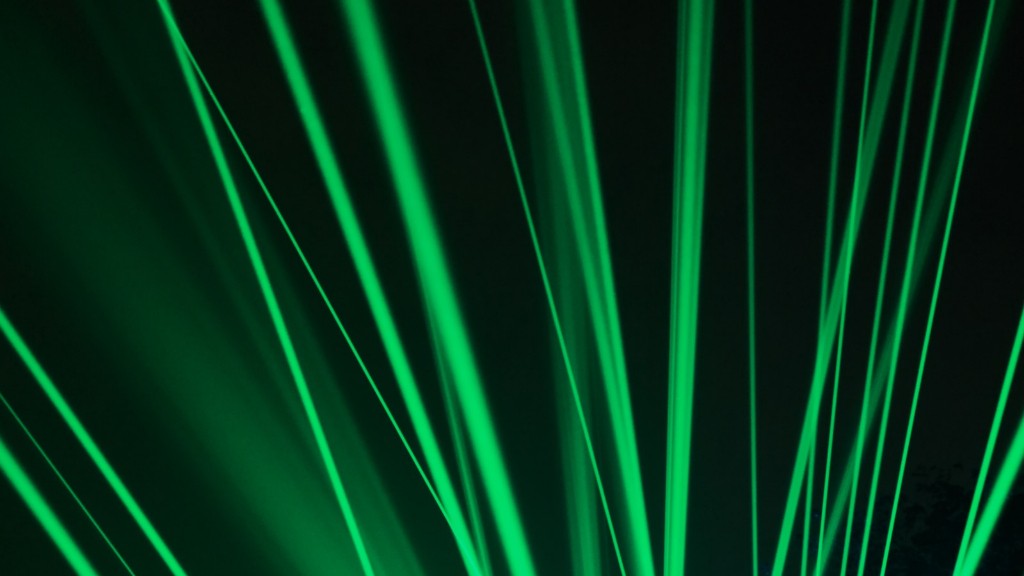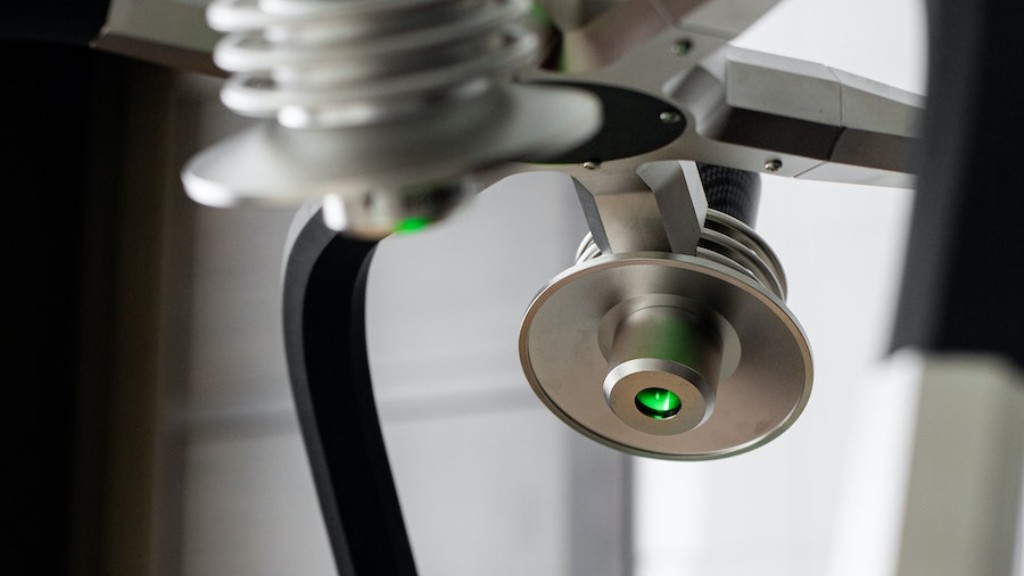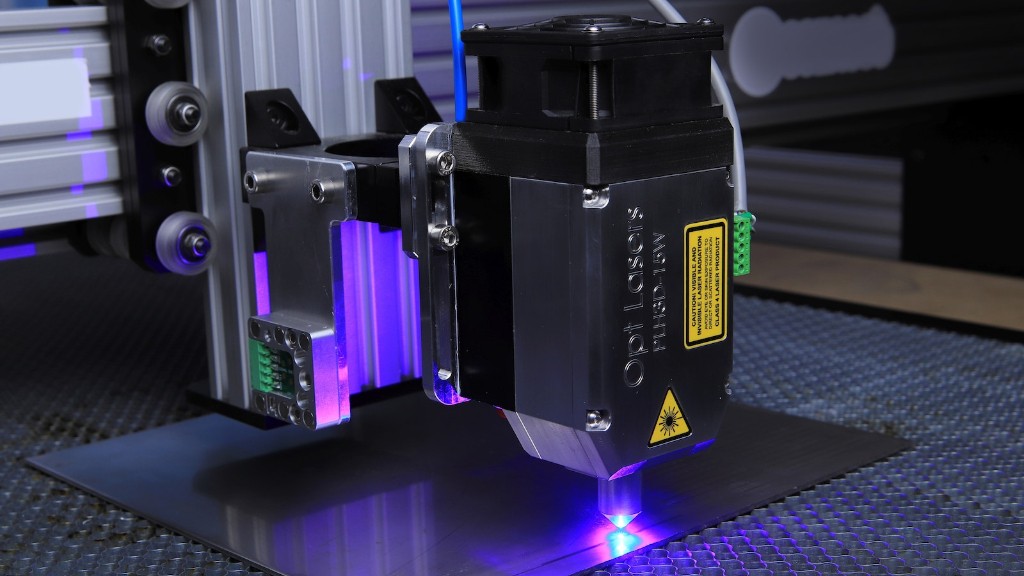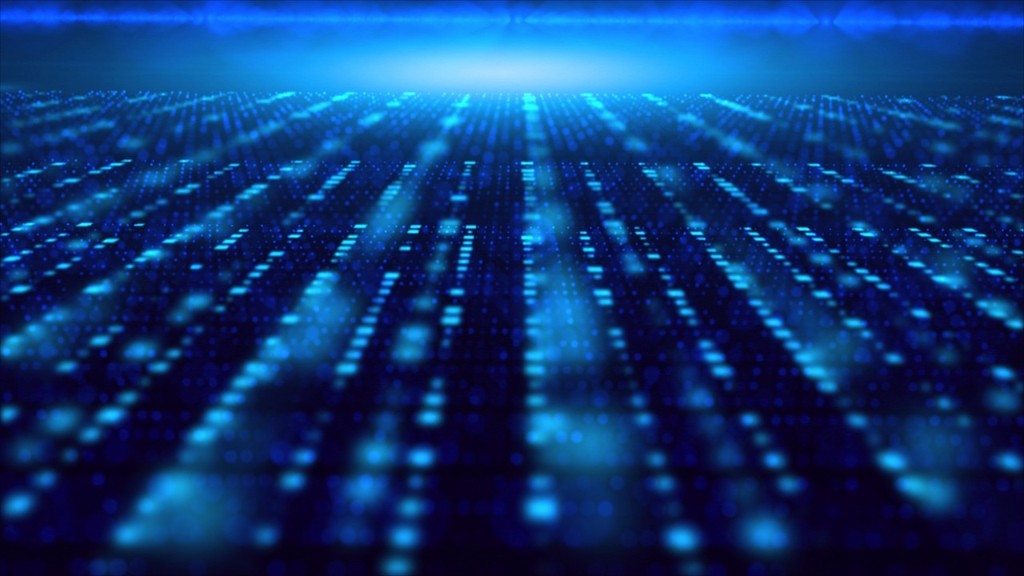Powerpoint Laser Pointer Keyboard Shortcut
PowerPoint presentations have become an integral part of modern communication, used by businesses, educators, and individuals to convey information effectively. One essential tool that enhances the presenter’s ability to engage with the audience is the laser pointer. Traditionally, presenters would rely on an actual laser pointer device, but PowerPoint now offers a convenient keyboard shortcut that replicates this functionality. In this article, we will explore the PowerPoint laser pointer keyboard shortcut and its benefits.
Background
In the past, presenters had to physically point at their slides using a laser pointer to draw attention to specific content. However, this method had limitations, such as needing to be close to the presentation screen and potentially obstructing the audience’s view.
PowerPoint recognized this challenge and introduced a keyboard shortcut that emulates the laser pointer functionality. By pressing and holding the “Ctrl” key and simultaneously clicking the left mouse button during a presentation, presenters can activate a virtual laser pointer on the slide. Moving the mouse will create a red dot, simulating the laser pointer’s effect and allowing presenters to highlight content without any physical limitations.
Benefits
The PowerPoint laser pointer keyboard shortcut offers several advantages for presenters. Firstly, it provides freedom of movement. Presenters are no longer restricted to staying close to the presentation screen. They can walk around, interact with the audience, and maintain eye contact while still highlighting important points on the slides.
This feature also enhances accessibility. People with mobility impairments or those using assistive devices can benefit from the virtual laser pointer. They can navigate through the slides without the physical constraints of a traditional laser pointer, improving inclusivity during presentations.
Expert Perspectives
According to Dr. Jane Williams, a renowned presentation skills coach, the PowerPoint laser pointer keyboard shortcut is a game-changer. She states, “The ability to have a virtual laser pointer at your fingertips revolutionizes the way presenters interact with their audience. It enhances engagement and ensures that important information is effectively communicated.”
John Anderson, a senior executive at a leading software company, also recognizes the benefits of the keyboard shortcut. He explains, “As someone who frequently presents to clients, the virtual laser pointer allows me to deliver a more dynamic presentation. It helps maintain the flow, draws attention to key details, and improves the overall professionalism.”
Insights and Analysis
The PowerPoint laser pointer keyboard shortcut not only streamlines the presentation process but also improves the overall effectiveness of communication. By eliminating physical limitations, presenters can focus on engaging the audience and delivering their message with clarity.
The virtual laser pointer also has the potential to reduce distractions during presentations. Traditional laser pointers may often lead to unintended movements or accidental button presses, resulting in disruptions. With the keyboard shortcut, presenters can precisely control the laser pointer, ensuring a seamless and uninterrupted flow of information.
Section 2: Use Cases
Teachers around the globe have found the PowerPoint laser pointer keyboard shortcut particularly useful in the classroom. It allows them to effortlessly highlight important concepts on the screen while maintaining their students’ attention.
In business settings, sales professionals utilize the virtual laser pointer to emphasize key benefits of products or services. This helps create a more persuasive and engaging pitch, increasing the chances of a successful outcome.
Moreover, during conferences and public speaking events, presenters can use the virtual laser pointer to navigate through complex diagrams or graphs, ensuring that the audience follows along easily.
For remote or online presentations, the virtual laser pointer becomes even more valuable. As presenters lack physical presence, the keyboard shortcut compensates by providing a visual aid that draws attention to the relevant areas.
Overall, the use cases for the PowerPoint laser pointer keyboard shortcut are diverse, benefiting professionals across industries.
Section 3: Additional Tips and Tricks
Here are a few additional tips and tricks to optimize your experience with the PowerPoint laser pointer keyboard shortcut:
- Experiment with the speed of your mouse movements to create a smooth and natural laser pointer effect.
- Combine the laser pointer with animation effects to create engaging and dynamic presentations.
- Practice before your actual presentation to become comfortable with using the keyboard shortcut seamlessly.
- Consider using a wireless mouse for enhanced mobility and flexibility during your presentations.
- Utilize the virtual laser pointer sparingly to avoid excessive distractions and maintain focus on your main points.
Section 4: Future Developments
PowerPoint continues to evolve and introduce new features to enhance the presentation experience. While the keyboard shortcut for the virtual laser pointer is already a significant improvement, there are possibilities for even more exciting developments.
Some experts speculate that future updates may include customizable laser pointer colors and styles, allowing presenters to tailor the visual effects to their branding or personal preferences. Additionally, integration with virtual reality (VR) or augmented reality (AR) technologies could revolutionize how presentations are delivered, offering immersive and interactive experiences.
As technology progresses, PowerPoint will likely explore innovative ways to make presentations more engaging and effective, solidifying its position as the go-to software for visual communications.
